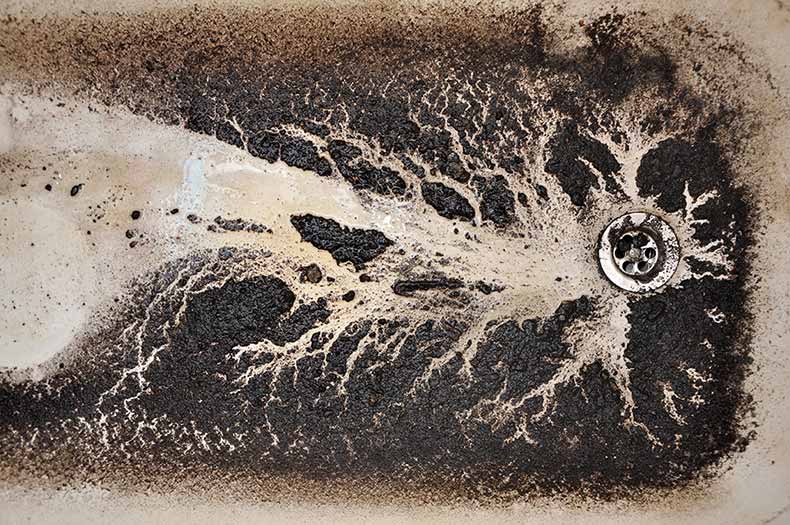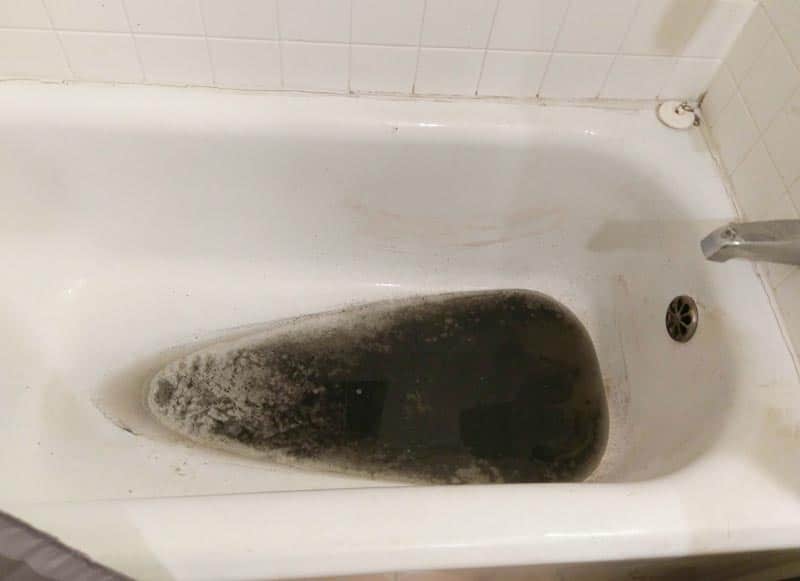Understanding the Causes of Effluent Backflow in the Bathtub
Understanding the Causes of Effluent Backflow in the Bathtub
Blog Article
The writer is making a few great points relating to Why is Sewage Backing Up Into My Bathtub? in general in the article beneath.

Sewage backup in the bath tub can be a stressful and unsanitary issue for any kind of property owner. Not just is it inconvenient, however it additionally positions severe wellness risks and suggests underlying concerns with the plumbing system. Recognizing why sewage is turning up with the bath tub is crucial for taking proper activity to attend to the issue efficiently.
Intro to the Concern
Typical Reasons for Sewage Backup
Clogs in the Sewer Line
Among the most common root causes of sewer back-up is a clog in the sewage system line. This can happen as a result of the buildup of particles, grease, or foreign items in the pipes, stopping proper circulation and triggering sewage to support into your bath tub.
Tree Origin Intrusion
Tree origins seeking dampness and nutrients can infiltrate sewage system lines through tiny cracks or joints. With time, these roots can expand and expand, triggering substantial damage to the pipelines and leading to sewage back-up concerns.
Understanding the Problem
When sewage starts backing up into the bath tub, it's a clear sign of a problem with the drainage system. The wastewater that needs to be moving far from your home is rather finding its way back right into your space, which can cause considerable damage and carcinogen.
Prospective Reasons
A number of variables can add to sewage back-up in the bath tub. From blockages in the sewer line to issues with the plumbing facilities, determining the root cause is necessary for discovering an option.
Aging Facilities
Older homes may have obsoleted plumbing systems that are a lot more vulnerable to corrosion, splits, and damage. As pipes age, they become extra susceptible to leakages and obstructions, boosting the possibility of sewer backup incidents.
Heavy Rainfall or Flooding
Throughout periods of heavy rainfall or flooding, the drain system might come to be overwhelmed with excess water, creating backups and overflows. This can lead to sewage backing up into bathtubs and other fixtures inside the home.
Indications of Sewage Back-up
Foul Odors
Undesirable smells originating from drains or fixtures, especially in the restroom, might indicate sewer backup concerns. These odors are usually strong and persistent, signifying a trouble that needs immediate attention.
Slow Draining Fixtures
Bathtubs, sinks, and bathrooms that drain gradually or otherwise in any way could be experiencing sewer backup. If multiple fixtures are influenced at the same time, it's likely that the concern stems from a typical point, such as the major drain line.
Gurgling Noises
Weird gurgling or gurgling noises originating from drains when water is running elsewhere in your house are indicative of air entraped in the plumbing system. This air accumulation can arise from sewage back-up and ought to be examined without delay.
Wellness Dangers Related To Sewer Backup
Contamination of Water Supply
Sewage back-up can pollute the water supply in your home, posturing a serious health risk to you and your household. Exposure to contaminated water can result in intestinal issues, skin infections, and other health problems.
Mold and mildew Development
Dampness from sewer back-up can produce ideal problems for mold and mildew development in your house. Mold spores can intensify breathing problems and cause allergies in sensitive individuals, making timely cleanup essential.
Spread of Disease
Sewer includes hazardous bacteria, infections, and parasites that can create a variety of diseases, consisting of hepatitis, cholera, and gastroenteritis. Entering into contact with sewage or infected surfaces puts you in danger of infection.
Cleaning Up After Sewer Back-up
Disinfection Procedures
Extensively decontaminate and disinfect impacted locations after sewer back-up to get rid of dangerous microorganisms and prevent mold growth. Use appropriate cleansing items and protective gear to make certain risk-free and reliable cleanup.
Reconstruction of Affected Locations
Fix any kind of damage to flooring, walls, or fixtures triggered by sewer back-up. Depending upon the level of the damages, you may need to replace carpeting, drywall, or other materials to restore your home to its pre-loss condition.
Immediate Actions to Take
Turning Off Supply Of Water
In the event of sewer backup, it's necessary to turn off the supply of water to avoid further contamination and damages. Find the primary water shutoff valve in your home and closed it off up until the problem can be settled.
Calling a Specialist Plumber
Handling sewer backup is not a DIY job. Call an accredited plumber with experience in taking care of sewage-related concerns to evaluate the scenario and carry out required repairs or clean-ups.
Staying Clear Of Contact with Contaminated Water
Until the sewer backup is resolved, stay clear of contact with infected water to stop the spread of bacteria and virus. Put on safety equipment if you must be in the affected location and wash your hands completely later.
Preventive Measures
Routine Maintenance of Sewer Lines
Schedule routine inspections and upkeep of your sewage system lines to identify and deal with prospective issues before they rise right into significant troubles. This can include cleaning out particles, evaluating for tree origin intrusion, and fixing any damaged pipelines.
Mounting Backwater Valves
Consider mounting bayou shutoffs in your plumbing system to avoid sewer from receding into your home throughout durations of heavy rainfall or flooding. These valves instantly close when water starts backing up, shielding your property from contamination.
Proper Disposal of Household Waste
Prevent purging anything besides toilet tissue and human waste down the commode to stop clogs and obstructions in the sewer line. Dispose of grease, oil, and other family chemicals properly to lessen the risk of plumbing issues.
Why Is Water Backing Up in My Bathtub When I Flush My Toilet?
What to do about a sewer line clog
First, don’t bother with plunging. No amount of plunging will dislodge the clog in a sewer line. The clog is too far away. Plungers are for clogs in the toilet itself, not the sewer line. Plus, the most likely causes of a sewer clog are:
Tree roots Flushed toys or feminine products Grease buildup Those items don’t move easily. And in the case of tree roots, the roots need to be cut out of the pipe and the pipe will need to be repaired.
You’ll need a closet auger. A closet auger is a type of plumber’s snake with a protective cover to keep from scratching the delicate porcelain toilet. If the clog is further down, you may need to remove the toilet or use one of your cleanouts to get to the clog.
We also recommend doing a video inspection of the drain to ensure that the cause of the clog has been completely removed. Otherwise, you could have the same problem again in a few days or weeks.
https://mspplumbingheatingair.com/blog/why-is-water-backing-up-in-my-bathtub-when-i-flush-my-toilet

Do you really like more info about Why is Sewage Backing Up Into My Bathtub?? Make a short review down below. We'd be pleased to know your insights about this content. We hope to see you back again in the future. Do you know about another individual who is very much interested in the subject? Take a moment to promote it. Thank-you for going through it.
Services
Report this page